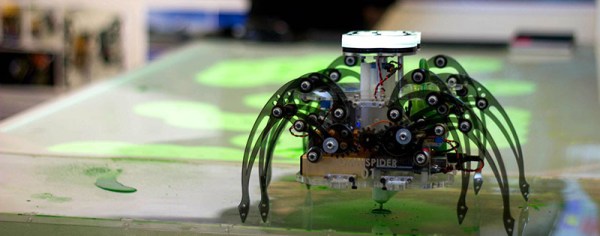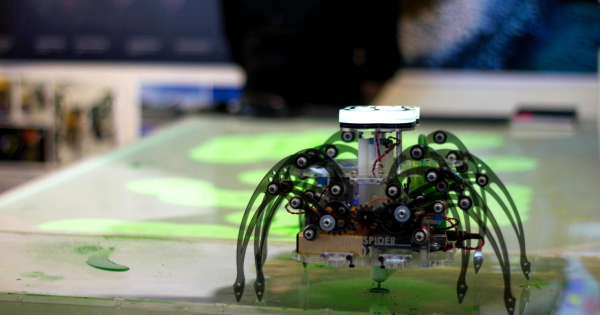Mars is fairly attractive as a potential future home for humanity. It’s solid, with firm land underfoot. It’s able to hang on to a little atmosphere, which is more than you can say about the moon. It’s even got a day/night cycle remarkably close to our own. The only problem is it’s too darn cold, and there’s not a lot of oxygen to breathe, either.
Terraforming is the concept of fixing problems like these on a planet-wide scale. Forget living in domes—let’s just make the whole thing habitable!
That’s a huge task, so much current work involves exploring just what we could achieve with today’s technology. In the case of Mars, [Casey Handmer] doesn’t have a plan to terraform the whole planet. But he does suggest we could potentially achieve significant warming of the Red Planet for $10 billion in just 10 years. Continue reading “Heating Mars On The Cheap”















